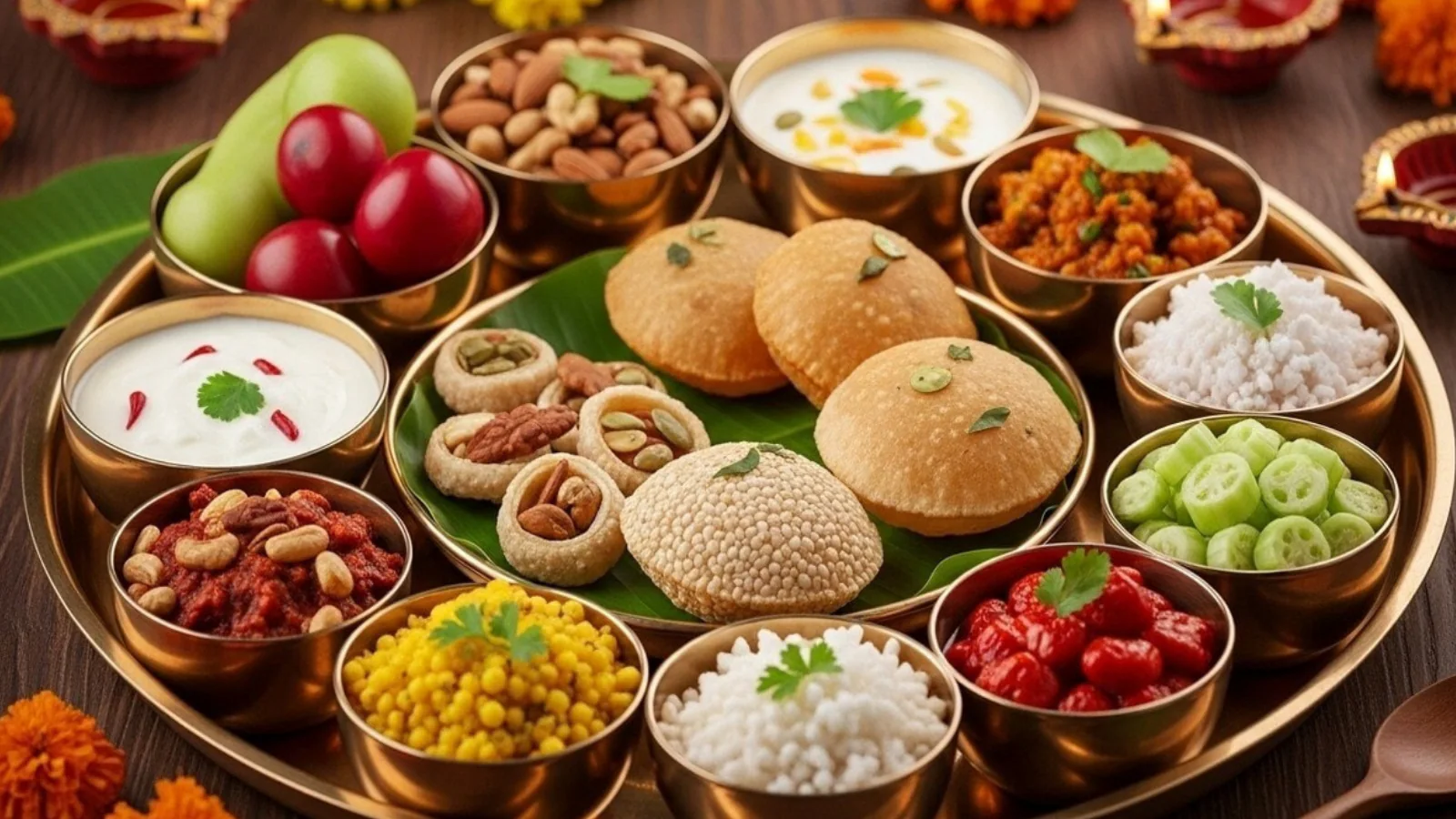By News18,Snigdha Oreya
Copyright news18

Navratri isn’t just a celebration of devotion and dance. It’s also a period when kitchens across India turn to a unique set of fasting foods. Plates are filled with colourful fruits, nut-based snacks, root vegetables, and gluten-free flours like kuttu and singhara. But beyond the cultural symbolism, a question arises: do these traditional staples genuinely support cardiovascular wellness, or are they simply seasonal indulgences dressed in the garb of ritual?
“Many of the foods eaten during Navratri are naturally high in nutrients that are good for the heart. Apples, papayas and pomegranates provide antioxidants and fibre, while almonds and walnuts offer unsaturated fats that balance cholesterol levels,” says Dr. Rahul Mehrotra, Chief – NIC & Clinical Cardiology, Artemis Hospitals, Gurugram. His view sets the tone for why festive eating, when done right, can be more than symbolic. It can be preventive.
The Nutrient Edge of Festive Staples
Fruits and nuts remain the stars of the Navratri table. Their vitamins, minerals, and plant compounds target oxidative stress and cholesterol – two crucial markers of cardiovascular health. “Nuts have long been highlighted in research for their protective role against heart disease,” adds Dr. Samir Kubba, Director & Unit Head – Cardiology, Dharamshila Narayana Hospital, Delhi.
Grain substitutes like kuttu (buckwheat) and amaranth also come with impressive credentials. Buckwheat contains rutin, known to strengthen blood vessels and help lower blood pressure, while amaranth contributes high-quality protein and phytosterols that may reduce cholesterol absorption. Together, they bring more than just variety. They offer tangible cardiovascular benefits.
Balancing Carbs and Energy Needs
Sabudana, often consumed as khichdi or vadas, divides opinion. “It’s mostly starch, so it can spike blood sugar if eaten alone or fried,” notes Dr. Mehrotra. However, Dr. Kubba points out that when paired with peanuts, the carb-heavy staple becomes more balanced, offering heart-friendly fats and antioxidants. This highlights the importance of combinations – where one ingredient offsets the weaknesses of another.
Root vegetables like sweet potatoes and pumpkins are another festive constant. Their potassium and beta-carotene content help regulate blood pressure while reducing oxidative stress, giving them a green flag in moderation.
Cooking Methods Matter
The health halo around Navratri staples can dim quickly with poor preparation choices. “Deep frying, even with wholesome flours, introduces trans fats that undermine benefits,” warns Dr. Mehrotra. Similarly, while sabudana vadas or fried pakoras may feel festive, they can add unnecessary calories and strain the heart.
Instead, steaming, roasting, or lightly sauteing ingredients can preserve nutrients while keeping meals lighter. “When consumed thoughtfully, these staples align well with modern heart health principles,” says Dr. Kubba, underscoring the role of mindful cooking.
Tradition Meets Wellness
What emerges is a nuanced picture: Navratri foods can indeed be heart-conscious, but only when prepared and portioned wisely. Rock salt (sendha namak), often used in place of table salt, is lower in sodium and adds trace minerals, further tilting the balance toward cardiovascular care.
Ultimately, Navratri eating traditions reflect the wisdom of balance – fibre-rich grains, antioxidant fruits, nourishing nuts, and naturally hydrating drinks like coconut water. In blending ritual with wellness, these foods remind us that cultural heritage and cardiovascular health can go hand in hand.



